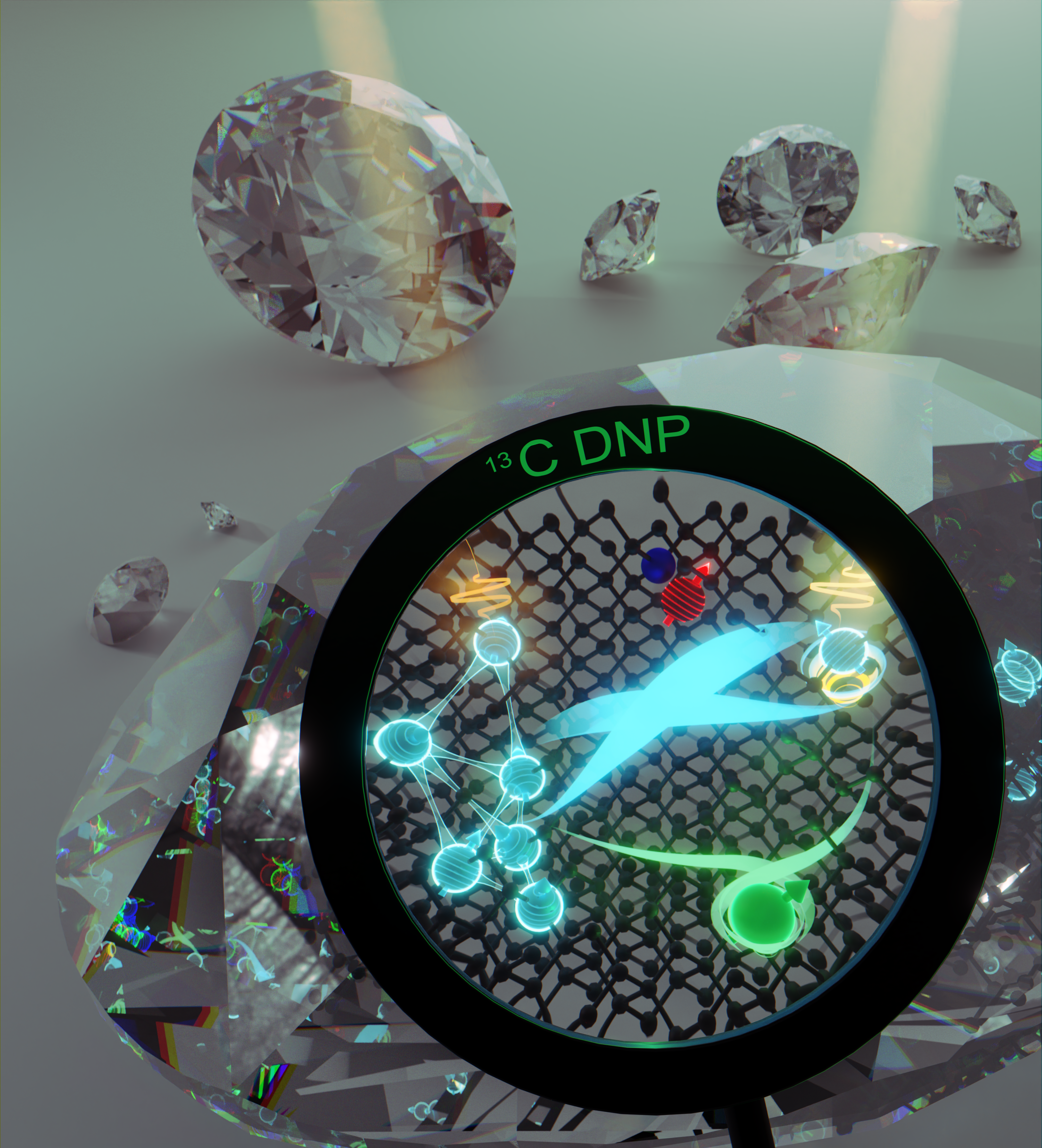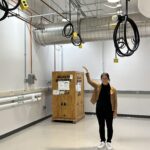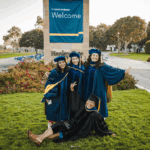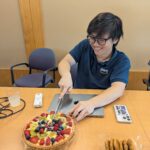
Stay tuned for back-to-back publication in JACS by the collaborative effort of Han, Ramanathan, Shimon, Takahashi, Equbal at 3.4 and 7 Tesla, and by Kaminker group at 14 T!
These papers feature the surprising discovery in two back-to-back studies that a large fraction of nitrogen (P1) defects in type 1b diamond, commonly used for ensemble quantum sensing, form exchange-coupled clusters (indicated as 6 connected blue spheres). These cluster evaded the attention of the community until now as it is hardly visible to electron paramagnetic resonance (EPR) or optical spectroscopy owing to energy broadening and fast electron spin relaxation times. The prevalence of this cluster became evident only with dynamic nuclear polarization (DNP) lattice upon microwave irradiation (yellow light) at high magnetic field of carbon-13 of the diamond as the transfer of polarization from the electron to the nuclear spin requires quantum resonance matching between the EPR frequency difference of the clustered and isolated P1 center and the 13C NMR signal. The effect of these spectroscopically “dark” clusters is likely might as they engage in crosstalk with the entire P1 defect population (indicated as an isolated blue sphere), and presumably also with the nitrogen vacancy (NV) center, indicated in red.
Where Science Meets Seasons: A Fall Foliage Field Trip
November 14, 2025
The Triwizard of PhDs: Celebrating Three New PhDs in Our Lab
November 14, 2025
Hoang passed his candidacy exam!
June 27, 2025
Martyna Judd Receives JMR/JMRO Award at ENC-ISMAR 2025
April 21, 2025








